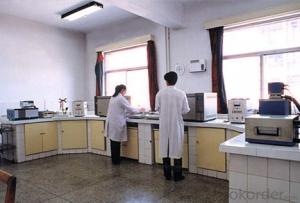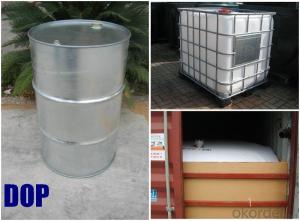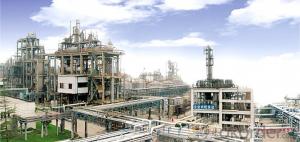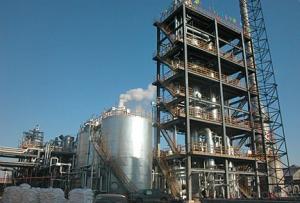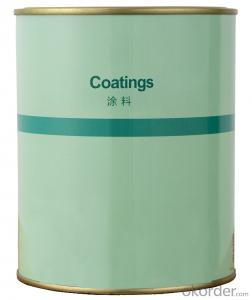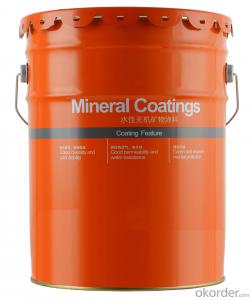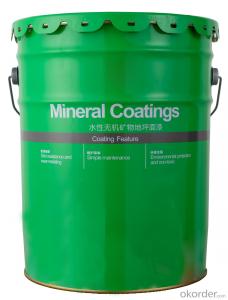Best Price for DOP DEDB ESO ESBO China supplier
- Loading Port:
- Tianjin
- Payment Terms:
- TT OR LC
- Min Order Qty:
- 20 m.t.
- Supply Capability:
- 8000 m.t./month
OKorder Service Pledge
OKorder Financial Service
You Might Also Like
DOP
Molecular Formular : C24H38O4
Molecular weight : 390.57
CAS No.:117-81-7
H.S Code : 2917.3200.00
EINECS No.: 204-211-0
Characteristics : Colorless transparent oily liquid, slight odor.
Processing : Injection Moulding
Application : It is one of the most extensively used plasticizers in plastics processing. It has comprehensive properties, such as high plasticizing efficiency, low volatility, UV-resisting property, water-extracting proof, cold-resisting property, and also good softness and electric property. As a fine main plasticizer, it is extensively used in processing polyvinyl choride and ethylcellulose resins to produce plastic film, imitation leather, electric wire, cable wearer, sheet, planet, mould plastic products and. Used in nitrocellulose paints, it can make the ethylcellu lose more elastic and more strong in extracting tension. It can be used as a softening agent of synthetic rubber, such as to make the product easier to rebound and harder to undergo form change under pressure, without affecting of the plastics.
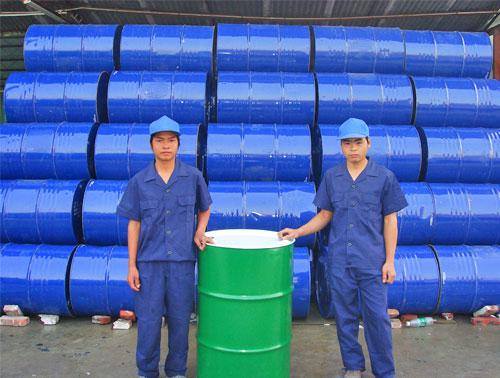
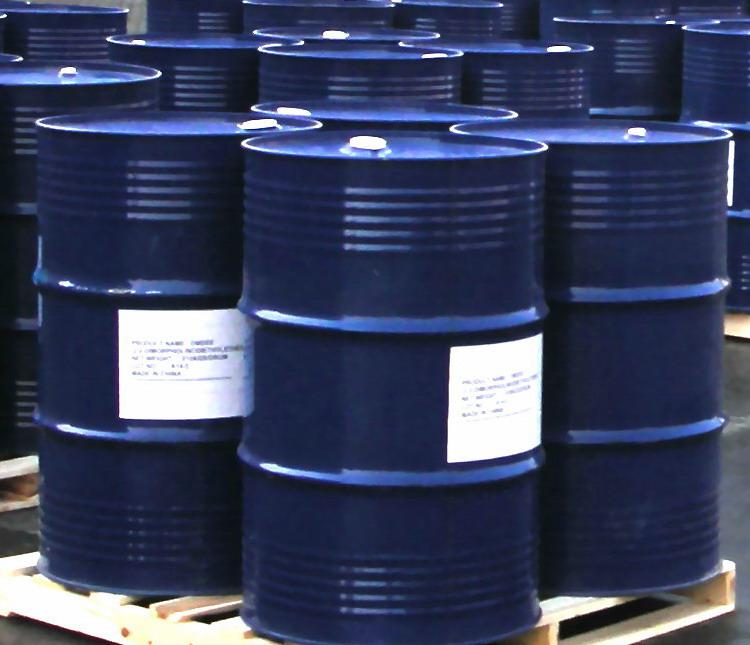
Specifications :
Quality Index | |||
Item | Value | ||
Super Grade | First Grade | Qualified Grade | |
Appearance | Oily liquid | ||
Color(APHA) ≤ | 30 | 40 | 120 |
PurityAs Ester% ≥ | 99.5 | 99.0 | 99.0 |
Acidity (benzene dicarbonic acid)g/cm | 0.01 | 0.015 | 0.03 |
Loss on dry (125oC3hr)%≤ | 0.2 | 0.3 | 0.5 |
Flash point(open)oC ≥ | 195 | 192 | 190 |
Density20,g/cm3 | 0.982-0.988 | ||
Volume Resistivity ΩM ≥ | 1.5×1011 | ||
Heat decrement % ≤ | 0.2 | 0.3 | 0.5 |
Water content,% ≤ | 0.1 | 0.15 | 0.15 |
Package and Storage :
Packed in 200KG/Galvanized Iron Drum or 1000kg/ISO TANK or flexibag container
Stored at dry,shady,ventilated place. Prevented from collision and sunrays,rain-attack during handling and shipping. Met the high hot and clear fire or contact the oxidizing agent,caused the burning danger.
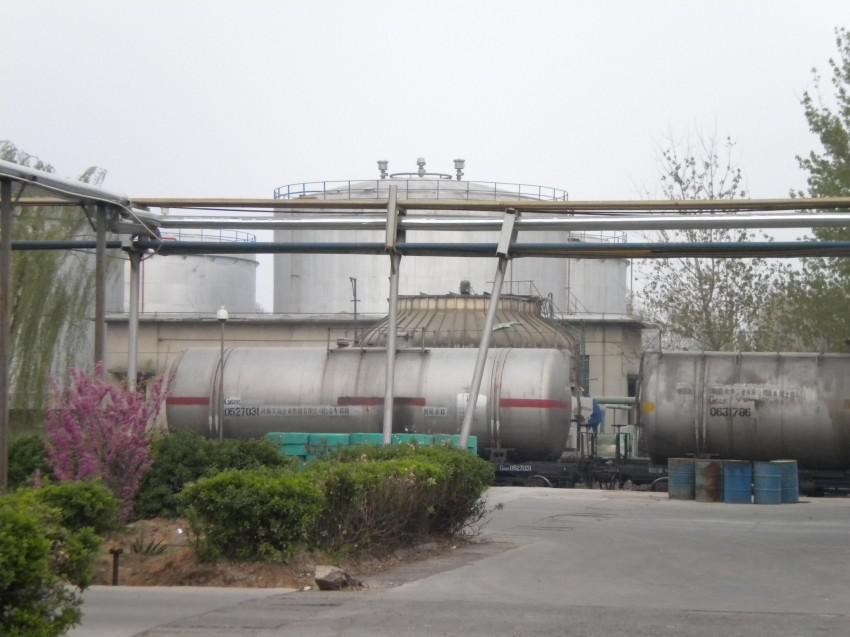
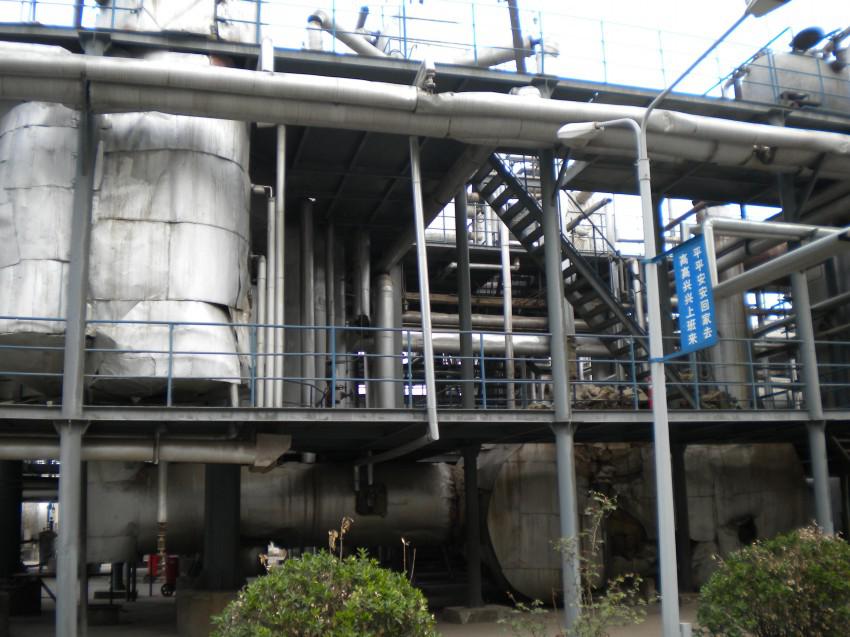

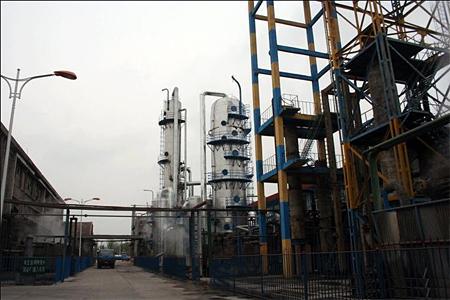
- Q:and what type of macromolecule are they made of? thanks!
- A catalyst is any substance that speeds up a chemical reaction without otherwise changing the outcome of the reaction. Catalysts do this by lowering a reaction's activation energy (which is the energy barrier that must be overcome before the reaction can proceed spontaneously). Catalysts are not permanently changed by the reactions they catalyze, so one catalyst could reasonably catalyze the same reaction many times over. Enzymes are biological catalysts because they lower the activation energy of metabolic reactions (and therefore increase their rate). Every enzyme has an active site that is specific for a particular substrate, or for a small related group of substrates. When the correct substrate binds to the active site, the enzyme catalyzes a particular reaction and releases new products. Substrates that don't match the shape of the enzyme's active site usually won't be affected by the enzyme. Enzymes are proteins, which are in turn polymers of amino acids. The sequence of amino acids in an enzyme, as well as the three-dimensional structure of the polypeptide chain, are essential for determining the enzyme's functionality. I hope that helps. Good luck!
- Q:Chemical reaction plus catalyst on the △ H no effect
- Since the catalyst only acts to reduce the activation energy of the reaction and accelerate the reaction rate, it does not participate in the reaction, so that the energy difference between the product and the reactant is not affected,
- Q:What is the difference between a catalyst and an inducer in a chemical reaction?
- The catalyst does not participate in the reaction, but only the carrier of the reaction; the inducer will participate in the reaction
- Q:What is the superiority of the catalyst compared to the stoichiometric reagent?
- Activity adjustable: including inhibitors and activator regulation, feedback inhibition regulation, covalent modification and allosteric regulation.
- Q:Please name 2 common examples of catalysts.Thank you?
- Well, there's Adam's Catalyst (PtO2) which is one of the most used catalysts.
- Q:how can you tell when a substance serves as a catalyst?
- It makes a reaction run faster and better AND it is not used up by the reaction
- Q:When there is a catalyst in the chemical equation, it is not necessary to match the atoms of the catalyst
- The habit of writing is not to write the catalyst involved in the equation, it is usually written in the equation above the equal or below
- Q:Chemical reaction in the presence of catalyst for the reaction are carried out a high life
- Theoretically are carried out, but some of the reaction is relatively slow, so we classified it as non-response, the catalyst is only to speed up or slow down the reaction rate of the reaction itself does not affect the reaction. I'm on high school.
- Q:Chemistry is often said that the catalyst can change the material reaction rate, rate and speed What is the difference
- Rate refers to: the amount of time in the unit reaction, and speed, and the speed simply refers to the speed
- Q:hey people i need your help about my science lab report...the question on my paper says "what function the catalyst?....please help me on this one...i would really appreciate if you leave me answers....much mahalos to all you folkss...thanks
- The answer above mine is correct. You should also note that a catalyst does not take part in the reaction: it just makes things easier as the previous person said.
1. Manufacturer Overview |
|
|---|---|
| Location | |
| Year Established | |
| Annual Output Value | |
| Main Markets | |
| Company Certifications | |
2. Manufacturer Certificates |
|
|---|---|
| a) Certification Name | |
| Range | |
| Reference | |
| Validity Period | |
3. Manufacturer Capability |
|
|---|---|
| a)Trade Capacity | |
| Nearest Port | |
| Export Percentage | |
| No.of Employees in Trade Department | |
| Language Spoken: | |
| b)Factory Information | |
| Factory Size: | |
| No. of Production Lines | |
| Contract Manufacturing | |
| Product Price Range | |
Send your message to us
Best Price for DOP DEDB ESO ESBO China supplier
- Loading Port:
- Tianjin
- Payment Terms:
- TT OR LC
- Min Order Qty:
- 20 m.t.
- Supply Capability:
- 8000 m.t./month
OKorder Service Pledge
OKorder Financial Service
Similar products
New products
Hot products
Hot Searches
Related keywords
